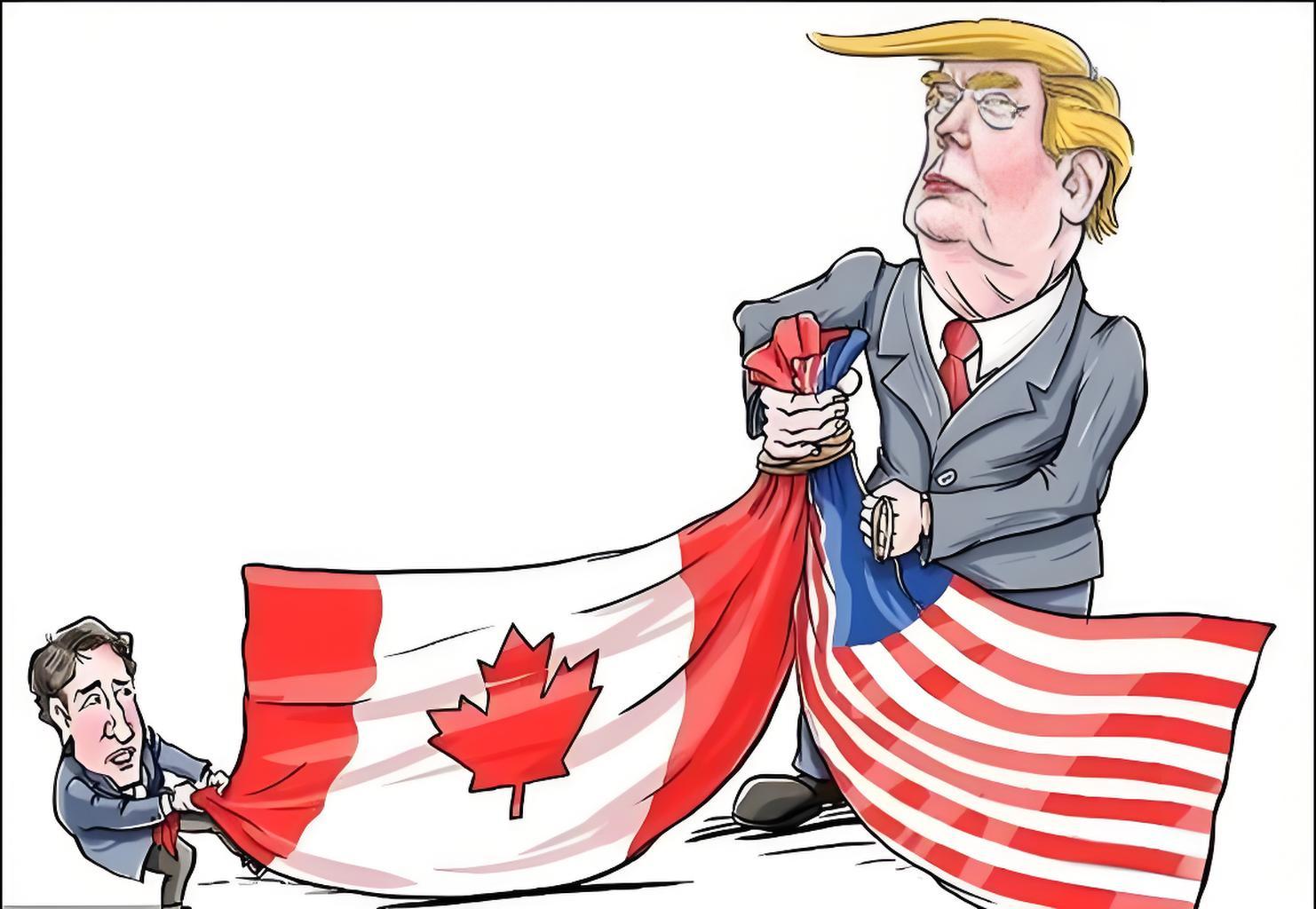
On March 11 local time, the White House of the United States announced news that a 25% tariff on steel and aluminum will officially come into effect at midnight on March 12, and this tariff policy has a wide coverage with no exemptions for all trading partners. This news has instantly set off waves in the international trade field, and its impact is even more profound, especially for Canada, which has close economic and trade exchanges with the United States.
In a series of previous trade decisions, US President Trump has shown great attention and a tough attitude towards steel and aluminum trade. As early as February 10, he signed an executive order announcing a 25% tariff on imported steel and aluminum, and at the same time, cancelled the duty-free quotas and exemption policies for steel and aluminum of some trading partners. This tariff measure was originally scheduled to take effect on March 4 and was later postponed to March 12. Now, this much-watched tariff policy has finally been settled and officially entered the implementation stage.
It is worth noting that Trump seems to "pay special attention" to Canadian steel and aluminum products. Under his instruction, an additional 25% tariff on Canadian steel and aluminum products has increased the total tax rate of Canadian steel and aluminum products exported to the United States to 50%. This move is not without reason. Previously, the Canadian province of Ontario announced a 25% surcharge on electricity exports to three US states, which angered the US side. On March 10, Ontario Premier Doug Ford announced a 25% surcharge on all electricity exports to 1.5 million households and businesses in Michigan, Minnesota, and New York in the United States, and threatened that if the trade war continued, the surcharge would be further increased or even the electricity export would be completely cut off.
In response, Trump made a tough statement on social media on the 11th that the United States would impose a 25% tariff on steel and aluminum products imported from Canada, and the relevant measures would come into effect on the 12th. However, the Canadian side did not sit idly by. On the 11th, the Ontario government of Canada agreed to suspend the 25% surcharge on all electricity exports to the three US states. Ontario Premier Doug Ford and US Secretary of Commerce Howard Lutnick said in a joint statement on the same day that Ford would travel to Washington, D.C. on the 13th to meet with Lutnick to discuss tariff issues.
From a more macro perspective, Canada occupies an extremely important position in the US-Canada steel and aluminum trade pattern. Canada is the largest source of imported steel for the United States, accounting for nearly a quarter of the total US steel imports. At the same time, Canada is also the largest supplier of primary aluminum to the United States, accounting for about 80% of US imports. Such a close trade interdependence makes the entry into force of the US steel and aluminum tariffs have a non-negligible impact on the economies of both sides.
For the US domestic industry, the original intention of imposing tariffs may be to protect the domestic steel and aluminum industries, reduce the trade deficit, enhance industrial competitiveness, and at the same time win the support of voters in the "Rust Belt." After all, the manufacturing industries related to steel and aluminum are the traditional pillar industries in Pennsylvania, Ohio, and other "Rust Belt" regions, and the voters in these regions are important supporters of Trump. However, historical experience does not seem to support this approach. During Trump's first presidential term, he imposed tariffs of 25% and 10% on imported steel and aluminum respectively, but the results were not satisfactory. Research shows that the domestic steel production in the United States last year decreased by nearly 10% compared with a decade ago, and its global competitiveness has also declined.
From the perspective of consumers, the increased costs brought about by tariffs may ultimately be passed on to them. Dean Baker, a senior economist at the Center for Economic and Policy Research in the United States, estimates that a 25% tariff on steel and aluminum may increase the cost of a car by 1,000to1,500. Because products such as cars and electrical appliances that rely on steel and aluminum are likely to become more expensive with the increase in raw material costs. Even if some car manufacturers may turn to purchasing more US-made steel and aluminum, US manufacturers may also take the opportunity of the increase in the cost of imported steel to raise prices.
For Canada, the US market is an important export destination for its steel and aluminum products. The significant increase in tariffs this time will undoubtedly deal a heavy blow to Canada's steel and aluminum industries. A large number of enterprises that rely on exports to the United States may face problems such as reduced orders, overcapacity, and declining profits, which will in turn affect employment in related industries. In addition, although Ontario has suspended the surcharge on electricity exports to the United States and plans to meet with the US Secretary of Commerce to negotiate, the future of US-Canada trade relations remains full of uncertainties.
The implementation of steel and aluminum tariffs by the United States without exemptions for all trading partners this time has not only intensified the trade tension between the United States and Canada but has also brought more instability factors to the global steel and aluminum trade market. In the current era of increasing interdependence of the global economy, the rise of trade protectionism undoubtedly casts a shadow over the recovery of the world economy. How all parties seek balance and solutions in complex trade disputes has become the focus of global attention.

On October 28th local time, it was reported that the brain-computer interface startup company Merge Labs, founded by OpenAI CEO Sam Altman, is in the process of preparation and has invited Mikhail Shapiro, a biomolecular engineer from the California Institute of Technology, to join its founding team.
On October 28th local time, it was reported that the brain-…
Recently, Japan confirmed the first highly pathogenic avian…
This week, gold prices plunged again, influenced by the eas…
The latest forecast from the International Monetary Fund (I…
Recently, foreign media reported that Amazon plans to cut u…
When the International Monetary Fund (IMF) predicted that t…